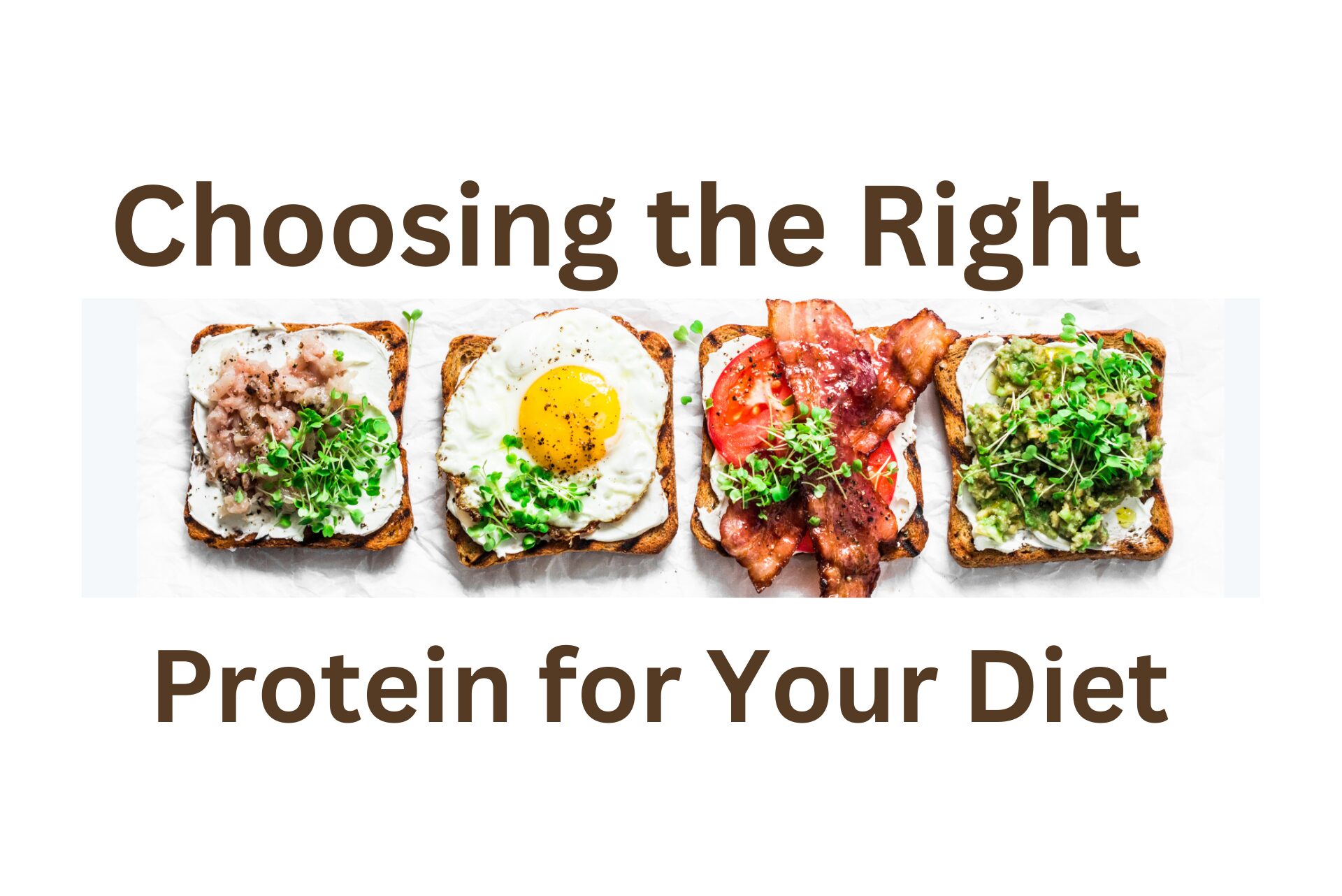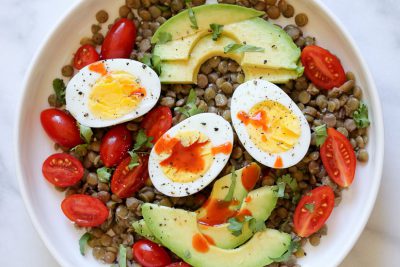
Vegan, Vegetarian, Pescatarian and Plant-based—popular lifestyle diets are based on one primary characteristic—the kind of protein in the diet. More and more people are looking for ways to improve their health with a lifestyle diet. Diets restricting or eliminating animal products are trending. Instead of getting protein from animal sources, these diets include protein from plants, including nuts, seeds, beans and legumes. What separates each way of eating is the addition of other proteins.
Popular Lifestyle Diets
Vegan Lifestyle Diet
It is becoming increasingly popular to identify as a vegan. Following a vegan diet is the most restrictive regarding the protein in the diet. It excludes all meat, poultry, fish, seafood, dairy and eggs. Vegans often carry these restrictions into other areas of their lives. This popular lifestyle diet often stems from animal welfare and rights concerns. Many vegans won’t use products made of leather, contain animal products or are tested on animals.
Many vegans and vegetarians alike include substitution foods in their diets. These foods are made to mimic the original food—often meat, poultry, and dairy products. These simulated
foods are often made with soy—a source of protein in the diet. Most of us are familiar with, or have heard of, soy-based products like tofu dogs and vegetarian “chicken.” Other not-so-common vegan or vegetarian substitutions include almond “cheese” and vegan “eggs.”
Whichever type of plant-based diet you follow, you must consider how you’re getting enough protein. Our bodies need protein from various healthy sources for optimal health. Amino acids are an essential component of this protein.
Vegetarian Lifestyle Diet
There are several types of vegetarian diets. The specific type of vegetarian depends on the protein in the diet.
Generally, a vegetarian diet may include eggs and dairy but excludes meat, poultry, seafood and fish. It can further differ from a plant-based diet regarding how much focus is placed on unprocessed whole plant foods. What’s more, there are several variations in this category of diet. For example, an Ovo-vegetarian excludes dairy. A Lacto-vegetarian excludes eggs.
Pescatarian Lifestyle Diet
The pescatarian diet isn’t as popular as it once was. When you follow a pescatarian diet, your protein can come from fish, seafood, eggs and dairy, as well as plant-based protein. The exclusions are meat and poultry.
Plant-based Lifestyle Diet
A plant-based diet is a popular lifestyle diet that focuses on clean, natural eating with minimal processing. Plant foods comprise most of this diet—vegetables, fruit, whole grains, legumes, nuts and seeds. But it’s not about being restrictive. People who eat a plant-based diet may still choose to eat small amounts of dairy, meat, poultry, fish and seafood.

Complete and Incomplete Protein
Protein is made up of smaller components called amino acids. Twelve of these are manufactured by our bodies. Another nine, called essential amino acids, must be obtained from food.
A complete protein is a protein that contains all nine of these essential amino acids. Animal proteins are complete proteins, including meat, poultry, seafood, eggs and dairy. Incomplete proteins include plant-based sources such as peanuts, beans and whole grains. Two incomplete protein sources must be combined to become a complete protein. Beans and rice or peanut butter on whole wheat bread are two examples.
Each type of protein source has its benefits. Different varieties of each protein source also have different nutritional values. For example, some types of fish are lean and low in calories; others have more fat and are high in heart-healthy omega-3 fatty acids. Dairy products contain calcium and vitamins; some (like yogurt) even contain probiotics.
If you choose to eat any variety of diet with restricted protein sources, you need to pay particular attention to how you’re getting your protein and other nutrients. Below is a list of several protein sources for each type of diet and their average protein content. Of course, many proteins can fall into multiple lists.
Protein Sources for Popular Lifestyle Diets
Protein for Vegan Diets
- Tempeh (½ cup) 13g
- Tofu (½ cup) 10g
- Hemp seeds (1 oz.) 9g
- Edamame (½ cup) 8g
Protein for Vegetarian Diets
- Greek yogurt (5 oz.) 17g
- Non-fat milk (8 oz.) 8g
- Peanut butter (2 Tbsp.) 7g
- Egg (one) 6g
Protein for Pescatarian Diets
- Salmon (3 oz.) 22g
- Halibut (3 oz.) 21g
- Shrimp (3 oz.) 18g
- Crab (3 oz.) 18g
Protein for Plant-based Diets
- Lentils (½ cup) 9g
- Almonds (¼ cup) 8g
- Beans (½ cup) 8g
- Quinoa (⅓ cup) 6g
Adopting one of these lifestyle eating habits has many variables. Each contains healthy and not-so-healthy options. For example, shrimp may be healthy until it’s fried. Beans may be inherently healthy until they become refried beans.
Plus, the other food choices in these diets are a big determining factor in how healthy they are. If you eat many processed, sugary, fried or “junk” foods, your diet won’t be healthy no matter what diet you follow.